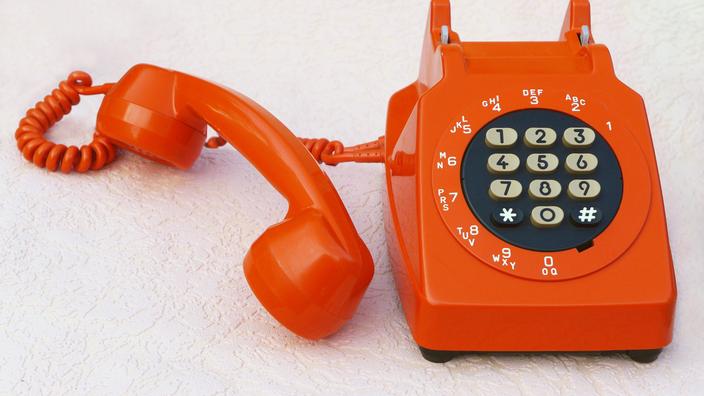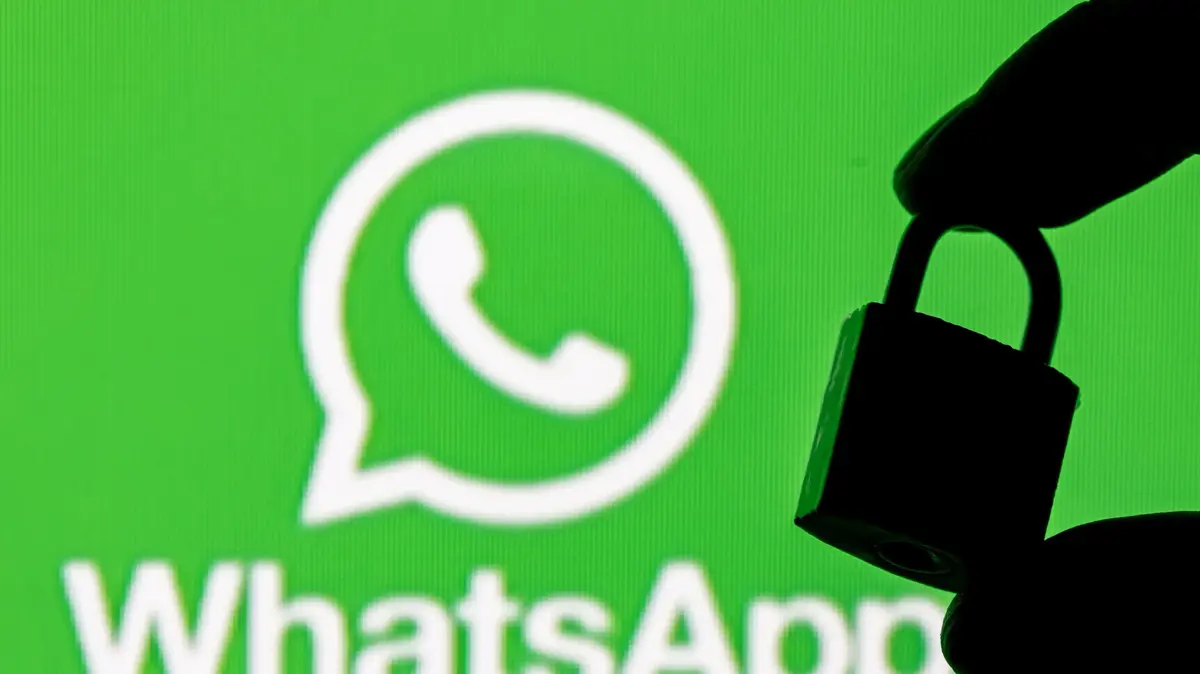"
Tonight the French will count to 10,
"
Le Figaro
announced
on October 18, 1996. At 11 p.m. in fact, "
with an accuracy of a billionth of a second, the 1335 electronic exchanges in the national switched network will automatically reprogram themselves to take into account ten-digit numbering
".
The French will then have to get used to adding two separate figures depending on the area of residence.
From 01 for Ile-de-France to 05 for the south-western quarter of France.
The 06 is assigned to the mobile, GSM and Bi-Bop services.
The 16 between the Province and Paris disappears, just like the 19 abroad and the TOM, replaced by the 00. It is then a question of adapting to the explosion of telecommunications services and preparing the opening to the competetion.
There are then 32 million subscribers and the demand for new numbers is estimated at one million per year.
Read the file OUR FILE - Mobile developments from the 90s to today
The era of the telephone maidens
A century earlier, in 1893, the first numbers appeared in the major provincial centers, then three years later in the Passy and Wagram centers in Paris. The subscribers are then counted in thousands in the capital whereas the first network appeared in 1880. It is the emergence of the “young ladies of the telephone”, celebrated in the columns of
Figaro
by Marcel Proust, but much more often accused of all the evils when the appeal does not succeed. The job, however, is hard. These young women, recruited by competitive examination and primarily girls, wives or sisters of postal workers, are on duty for seven hours in a row. Long standing, they gain in the 1890s the need to be seated with more modern facilities. The mouth facing a horn-shaped plate, the receivers "
glued to the ears by means of a steel spring which passes over the neck
", they handle with "
prodigious dexterity,"
Le Figaro
recounts
in 1896,
the rods which are placed in the Jacks and which are removed as soon as the communication is terminated
".
The caller who previously had to give the name and address of the subscriber only has to give the number of his five-digit subscription.
To reach
Le Figaro,
for example, you had to ask in 1908 for 102.46.
Three lines to reach Le Figaro in 1908 Le Figaro
Automation and dial stations
From 1912, the numbers consisted of the full name of the exchange and a number, but the following year, a small revolution established its first milestones. In Nice, the first tests of the automatic telephone invented by the American Almon B. Strowger were attempted in October 1913. The subscriber could then dial his correspondent's number himself. The generalization of the system, however, is taking place slowly, allowing manual and automatic central units to coexist for a long time to come. It was not until 1928 that the automatic telephone began to be installed in Paris, first at the Carnot central. The numbers are then made up of the first three letters of the exchange - CAR for Carnot, ODE for Odéon - followed by two times two digits. In 1932,
Le Figaro
installed at the Champs-Élysées roundabout can be reached at ELYsées-98-31 to 98-38.
The subscribers are then equipped with dial stations "
presenting a crown of circular windows in which the letters and numbers are inscribed
".
Read also March 28, 1928: Hello, New York?
Paris here
A phenomenal delay
In 1955, it was decided to stop the use of letters for the numbering which changed to six digits at the regional level accompanied by a two-digit prefix designating the department.
The Paris region awaits 1963. Paris then goes to seven figures.
Jean Mineur's famous BALzac 00-01, well known to moviegoers, becomes 225-00-01.
However, France is lagging behind in the deployment of telephone lines.
In 1968, only 15.2% of households were equipped, 11% in rural communities, less than 4% among workers.
The calls are still very often in the post offices immortalized by the sketch of Fernand Reynaud, the "22 in Asnières".
Telephone operators were still very often at the helm until the 1970s.
Passage to eight digits then ten
Finally, in 1985, a new numbering plan was put in place on October 25. The numbers go to eight digits for the 23 million subscribers in the country. Paris and its suburbs, already with seven digits gain the prefix 4, 6 or 3, Lyon and its region on 7, Moselle on 8. Elsewhere it is the two-digit regional prefix that is added. “
90% of households now have a telephone,
welcomes
Le Figaro, and at the rate of one million lines per year, France will be fully equipped in 1987.
The connection times which could have been several years in the 1960s are now satisfied in less than 15 days for 80% of requests.
In the meantime, considerable efforts have been made thanks to the priority action plan imposed by Valéry Giscard d'Estaing in 1974 and then followed by the socialist government.
In ten years, from 1975 to 1985, 150 billion francs were invested, allowing France to catch up with its European neighbors with 40.5 main lines per 100 inhabitants.
The entry into service of 10-digit numbers in
Le Figaro
of October 18, 1996. Le Figaro
But now, eleven years later, the eight digits are already not enough. We are moving to ten, a new system which should make it possible to meet demand until 2040 according to France Telecom which, for the occasion, is orchestrating a vast communication campaign of six months and 120 million francs. “
Currently, 32 million subscribers are connected,
decrypts
Le Figaro, and demand remains explosive, exceeding one million new numbers per year. And it does not seem about to stop: the trivialization of the fax, the generalization of the cell phone, the growing vogue for Internet connections and the choice between different private operators
”. Because the opening to competition is looming for January 1, 1998.
In the meantime, on D-Day, at H-hour, 3,500 company agents including 2,000 technicians are on the bridge for the big changeover.
Who remembers that at that moment also disappeared the succession of small beeps which followed the dialing of the number?








